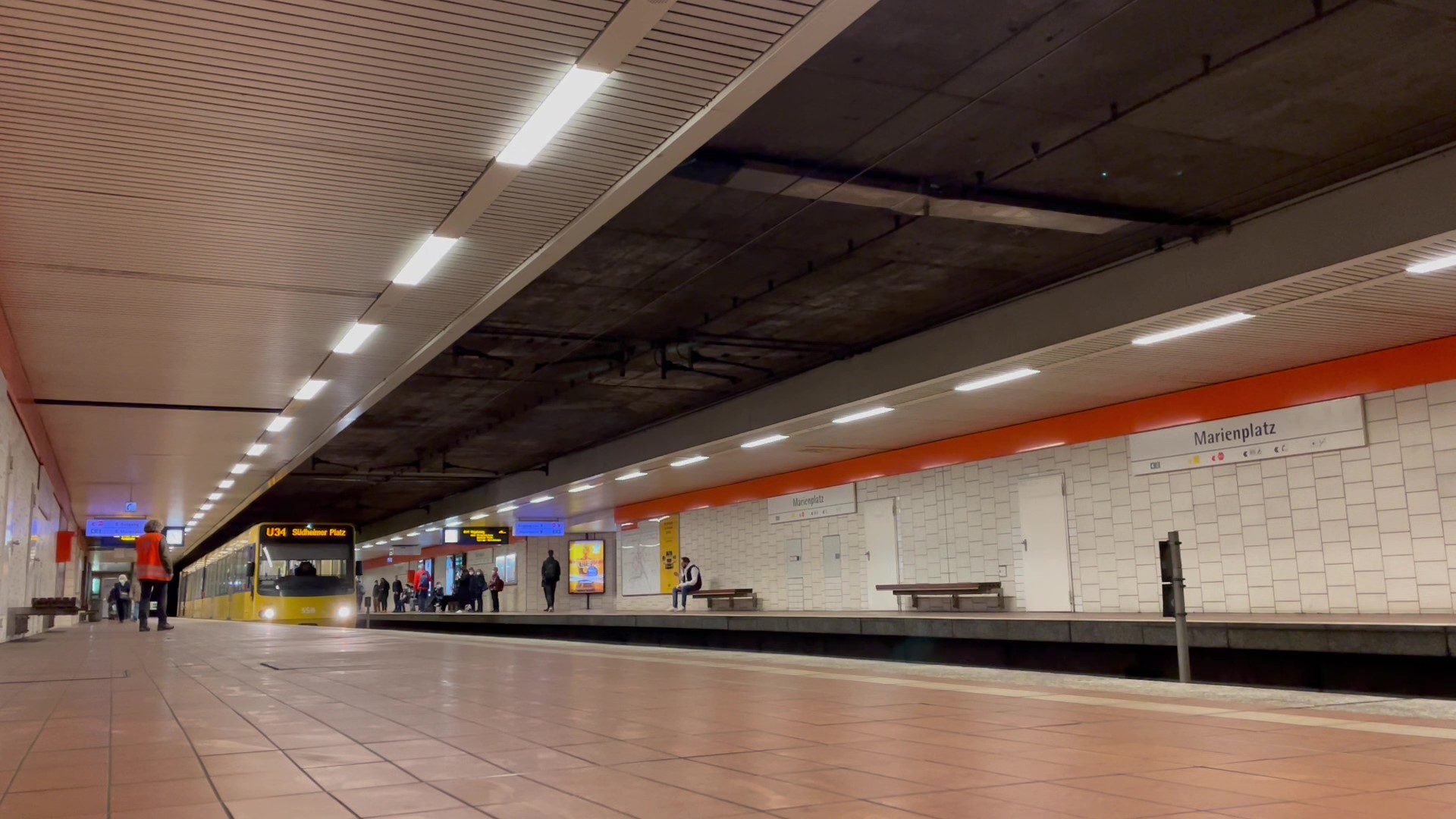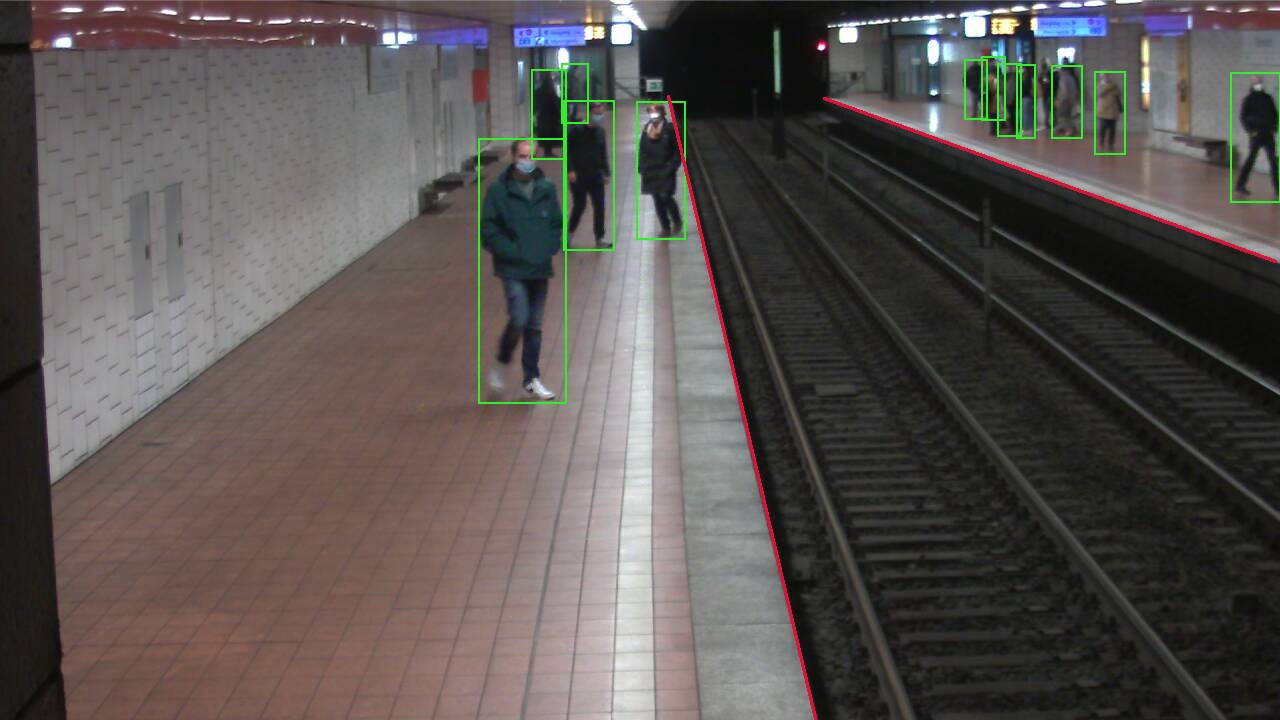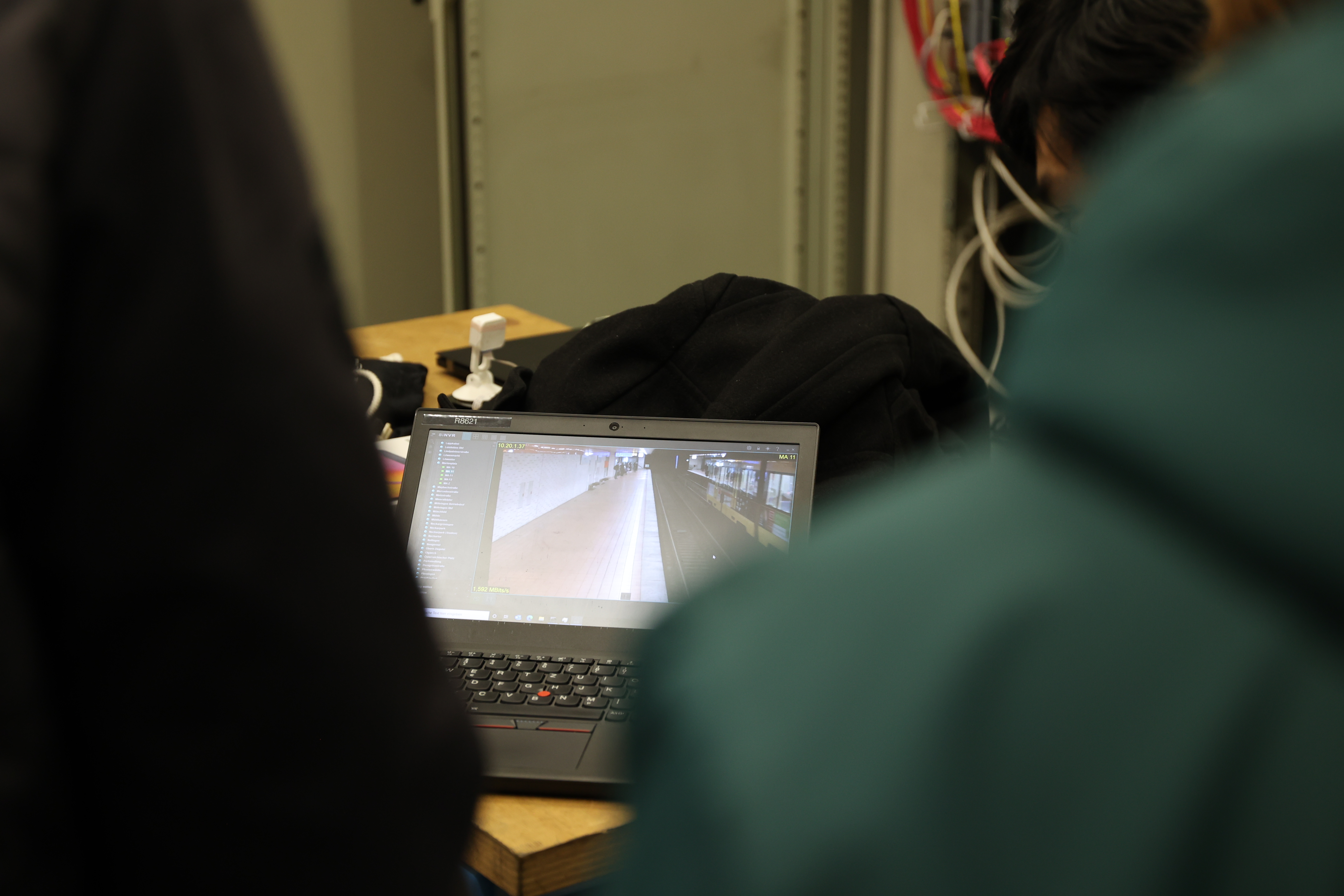Risk minimization in local rail transport



Local rail passenger transport (LPT) forms the basis of urban mobility. Relatively short travel routes, temporarily high passenger volumes as well as an efficient linking of transport modes or lines characterize regional passenger transport. Due to its ecological advantages and its high transport capacity, the importance of regional passenger transport is expected to increase in the future. Rail transport operators are required to use the existing infrastructure efficiently in order to cope safely and reliably with forecast traffic increases. Ultimately, efficiency goals (e.g., timetable stability) can only be achieved by minimizing disruptions in the operational process.
A significant disruptive factor is passenger behaviour. Crowding in front of boarding doors, escalators and passages can slow down the flow of passengers or increase the time it takes to board and disembark trains. People standing close to the track edge, sometimes inattentively, are at increased risk of falling or tripping. Personal accidents are regularly accompanied by long track closures and should be prevented.
In the interest of efficient, reliable and safe operations, the aim should be to identify person-related hazardous situations at an early stage. On this basis, behavioural warnings can be communicated and flows of people can be directed.
In order to demonstrate a way of identifying dangerous situations, Fraunhofer IAO and ITWM are developing a monitoring software that enables the screening of distances in indoor and outdoor spaces to other people or risk areas such as platform edges, vehicle doors or escalators.
Video-based monitoring software
The key to the success of such an application lies in an effective system based on methods of Artificial Intelligence, in particular machine vision: astonishing results have been achieved in object identification and tracking in recent years. The Fraunhofer ITWM is pursuing an approach that not only does not require the storage of personal data, but also provides the desired information with a high degree of precision. The interaction with the system is optimized by Fraunhofer IAO to ensure excellent usability and to promote a positive user experience. The responsible employees of the LPT are made aware of dangerous situations and should be able to act intuitively. The system should feel natural in the context of the LPT use case and satisfy the needs of the employees.
For this purpose, a Deep Learning model for object recognition was trained to calculate the locations of persons in relation to danger areas. The statistics obtained are used to highlight problematic situations to help minimize risk. This information can be used to evaluate and optimize the use of control measures such as announcements, intervention by personnel or information boards.
The method uses Deep Learning to identify people's surrounding boxes on single video frames and calculates the position of these boxes in a bird's eye view using a geometric transformation. This information can be used to measure the distance to given objects, such as doors, platform edges or similar, as well as to other people.
Distance care: Monitoring of hazardous areas and identification of risk situations
The system developed by the Fraunhofer Institutes for Industrial Engineering IAO and for Industrial Mathematics ITWM enables efficient monitoring of hazardous areas and accurate identification of risk situations. The responsible employees of local rail passenger transport are informed of safety-relevant disruptive factors in the behaviour of passengers and supported in their decision-making.
 Research Center Machine Learning
Research Center Machine Learning